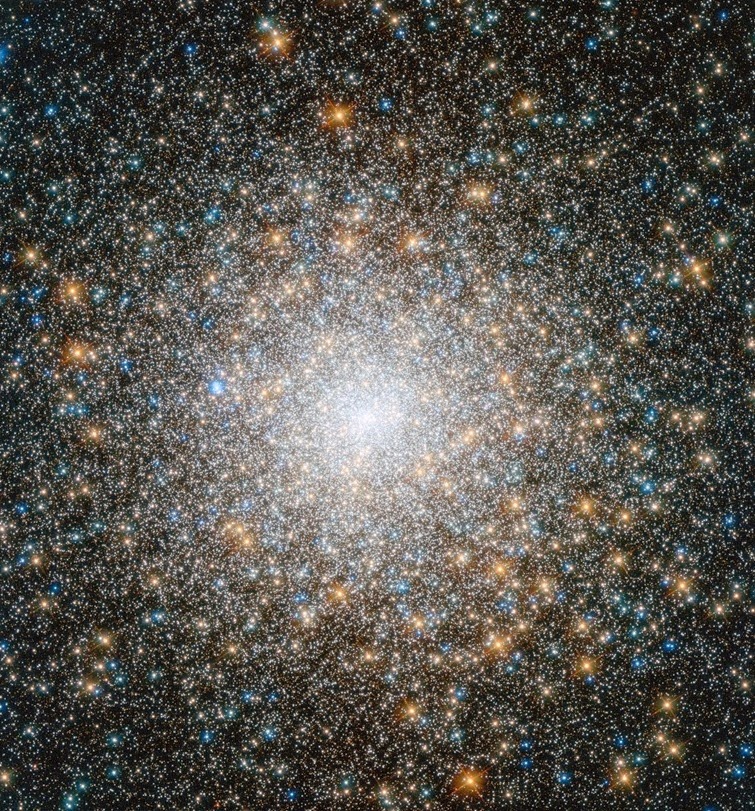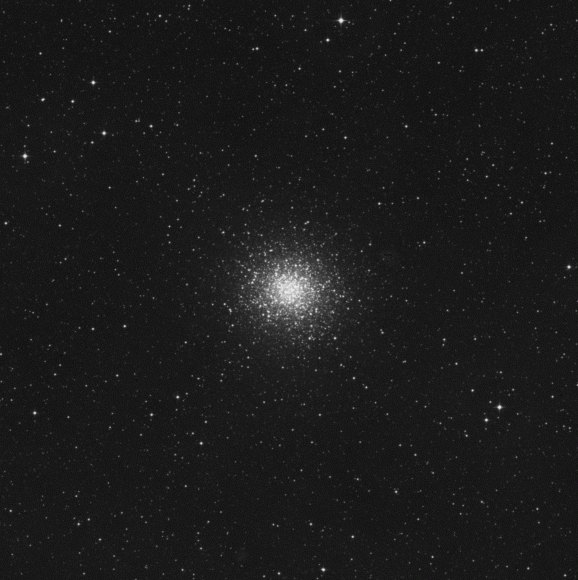tomatoherd wrote:I hate to beat a dead horse ( i've asked this before) but these clusters still seem to defy gravity to me. Since they have a spherical symmetry instead of an axial symmetry (like galaxies), they must not have an organiized rotation to amount to anything, and therefore lack much in way of centrifugal forces to counteract gravity. So I don't know, after billions of years especially, why they don't collapse together. They appear much denser than the universe, which until relatively recent times, was thought could eventually collapse under its own mass attractions.
They certainly MUST NOT contain any dark matter (which I don't believe in), or this conundrum would be even more flagrant. Pardon my use of lay-persons physics, etc. Thanks.
There's really no such thing as "centrifugal force"; certainly, there is no such force that counteracts gravity. An orbiting body is always falling freely towards the mass it is orbiting around- it simply has a tangential velocity as well, so it never reaches the center. To a single body, it makes no difference whether other bodies around it are in similar orbits (as with a spiral galaxy) or in completely different orbits (as with an elliptical galaxy or a globular cluster). In every case, each body is simply orbiting the center of mass of the larger structure (ignoring perturbations).
There is no mechanism for collapse. Quite the opposite, as angular momentum is transferred during near misses, the cluster tends to break up, slowly losing its stars to intergalactic space.
Not "believing" in dark matter appears to be an irrational or religious viewpoint. The evidence strongly favors its existence; it isn't a matter of "belief". Dark matter does play a role in our understanding of the mechanics of globular clusters.
 Globular Cluster M15 from Hubble
Globular Cluster M15 from Hubble

